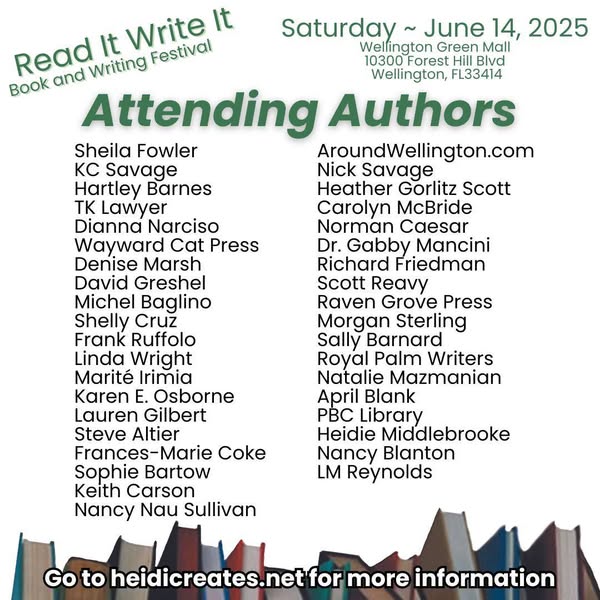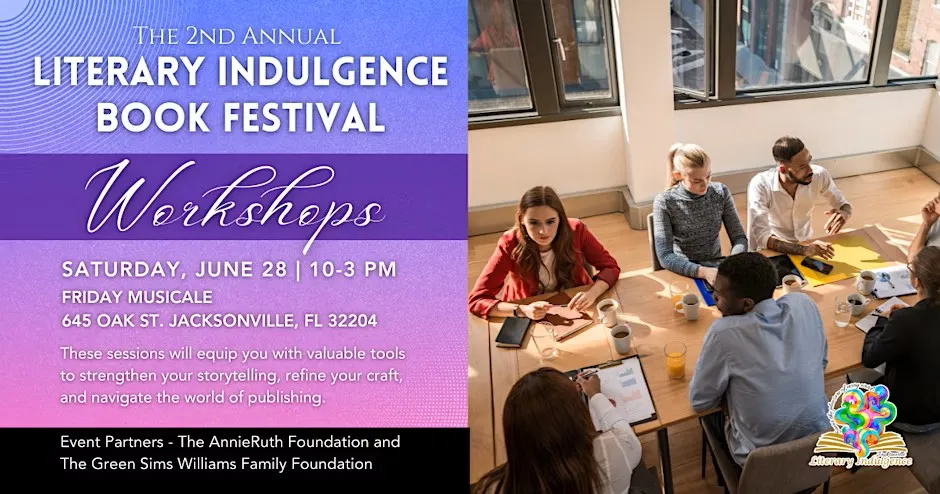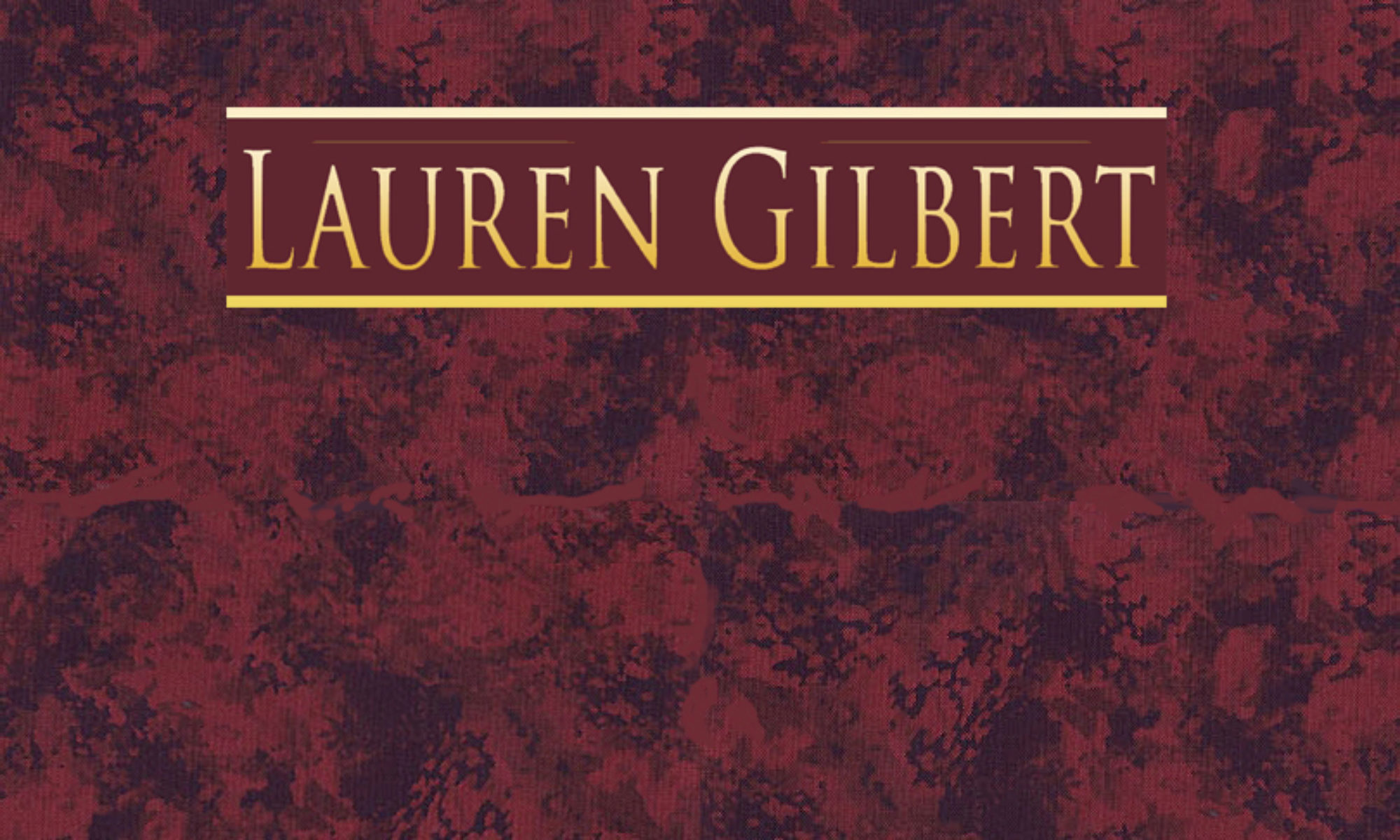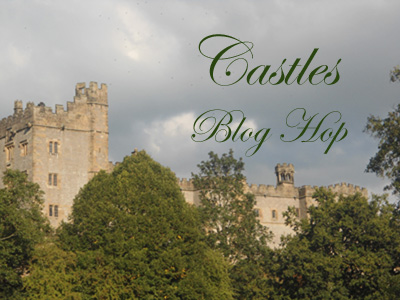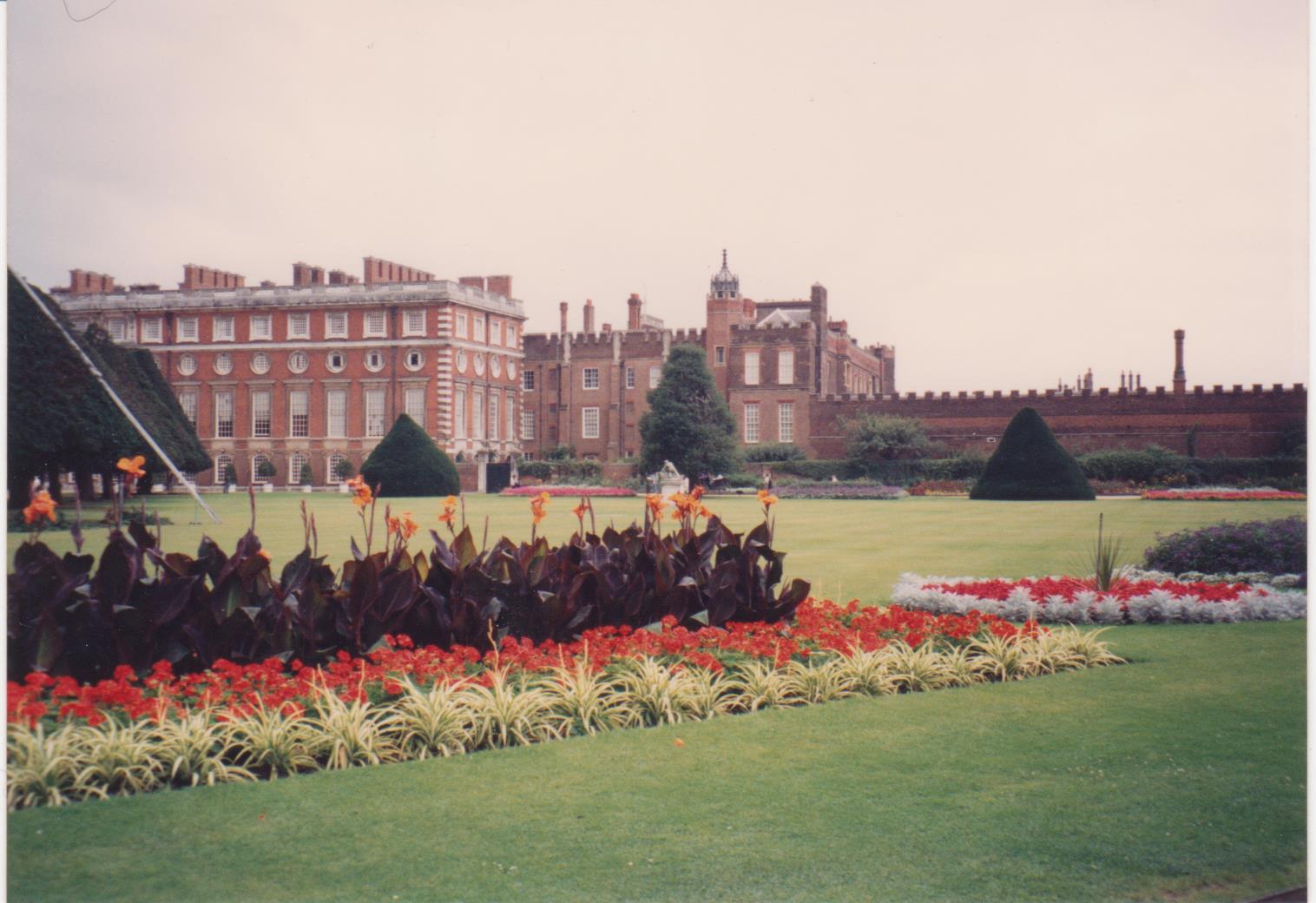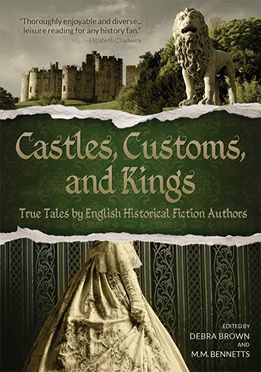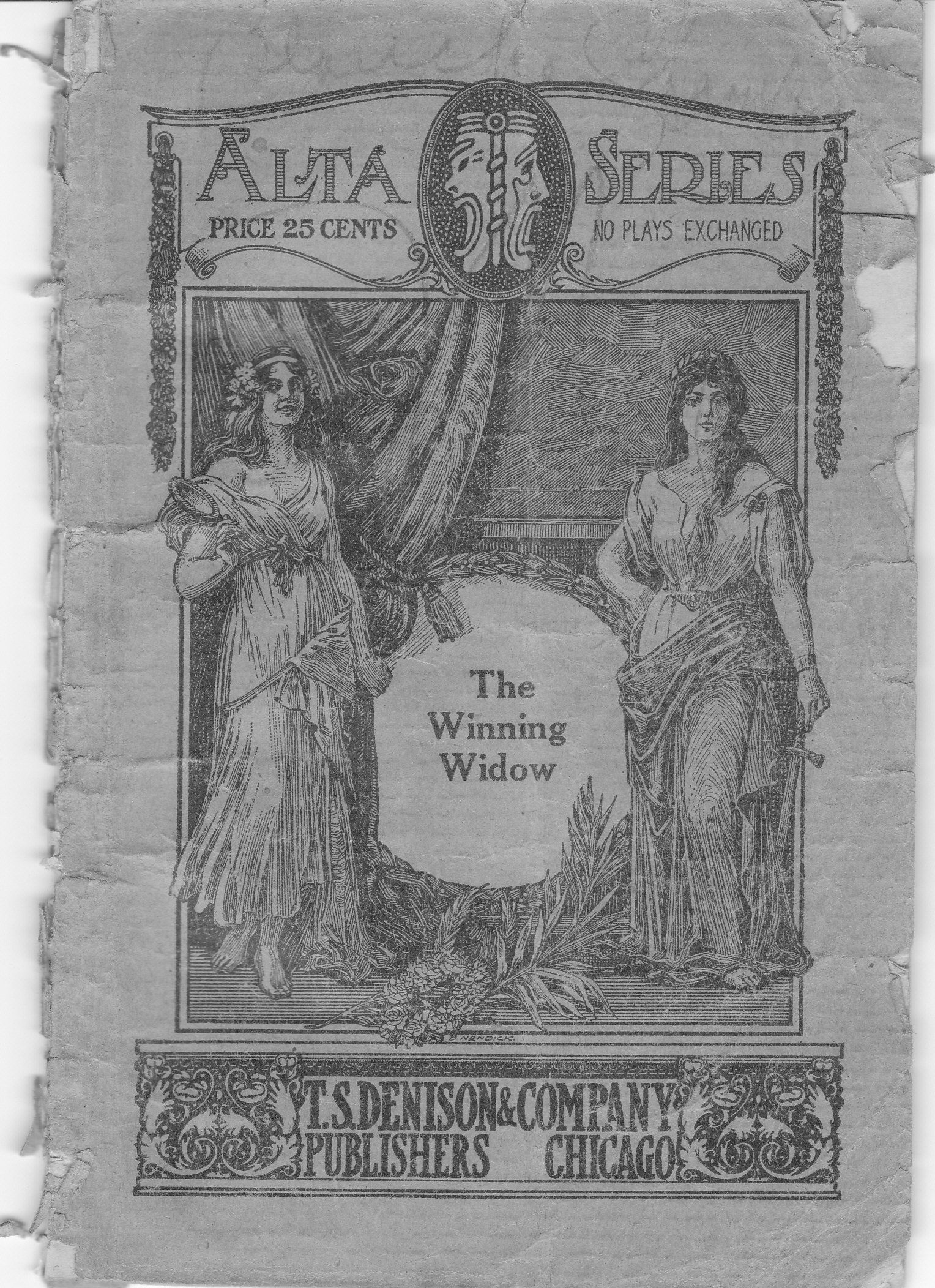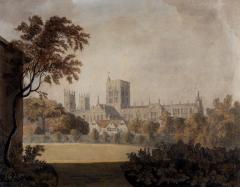As we are heating up for presidential elections, politics of course is becoming all-consuming. What were politics like in Jane Austen’s time, and what were women’s concerns? This is a big subject, and I would like to present some thoughts in a two-part article. The first will present some thoughts and information about the political situation of the time; the second will address some ideas about politics and Jane Austen’s novels.
PART I
Politics in Jane Austen’s time have little in common with politics today. Before 1832, only 5 to 6% of the male population could vote, made up largely of aristocrats who were large property owners. Parties (and party loyalty) were much more fluid. Rhetoric was much more uncontrolled. After the French Revolution, a more cautious spirit pervaded the English political landscape, reigning in ideas of change and individual rights. Although women had been actively involved with politics in the previous generation (witness the Duchess of Devonshire and her sister soliciting votes for the Whigs, and the political hostess Mrs. Crewe; and women at the lower ends of the social scale participating in mobs and rallies), by the time Jane was a young woman, women were discouraged from concerning themselves directly with political activity. Does that mean that women, and in particular Jane Austen, were uninformed or uninterested in politics? For that matter, what were the issues in politics during Jane’s time that might have interested women?
A general political overview is helpful. In Glorious Revolution of 1688, the Whigs succeeded in removing James II (and the exclusion of James VII/II from the throne) and establishing a constitutional monarchy (William and Mary, followed by Queen Anne; after Anne’s death, Elector of Hanover was invited to rule.) The Whig party felt that they had saved the realm and expected to be rewarded. They embraced ideals of the American and French revolutions, but wanted to retain the existing structure. Whig power declined due to their support of the French Revolution (popular until the Terror and the executions of the King and Queen). The Tory government was much more conservative, wanted to win the Napoleonic Wars, and concerned with fiscal responsibility.
Political parties were not like today. Membership was fluid: members of all sides switched with various issues. There was cooperation as well as conflict (see Ministry of All The Talents-both Whigs and Tories –formed by Lord William Grenville, in place 2/1806-3/1807). Party affiliations were often drawn along the lines of one issue, which resulted in strange partnerships and fluid alliances. Forming of factions was characteristic of the period. There were three basic groups active during this time, with movement back and forth at will.
The Whig party supported a landowner-controlled monarchy (constitutional), and was somewhat reform minded (i.e. favored education as expected gratitude and support, supported some expansion of suffrage but didn’t expect or desire basic social structure/class changes), and sought electoral, parliamentary and philanthropic reforms within their constitutional position. They resented the king’s control of patronage. The Whig families controlled polite Society (The “Upper 400”, the London season). During Jane Austen’s era, they were the minority party, but still wielded great power on the social level. They supported Prince of Wales. George III hated the Whigs.
The Tory party supported strong monarchy, and the Church of England. More conservative, the Tories considered moves toward political reform dangerous. Hard work, and personal worth allowed individual advancement. The Tories took a more pragmatic, fiscal-minded view, and believed that the king should determine the direction of the state. Country gentry, tradesmen and official administrative groups were most often allied to Tory goals.
A third group, the Radicals, were much more independent. They wanted broad reforms (expanded suffrage, broader religious freedom, etc.)
Parliament was made up of two houses: the House of Lords consisting of peers of the realm (dukes, marquesses, earls, viscounts and barons), with the bishops and archbishops of the Church of England (Pool, p. 35), and the House of Commons (from the Norman French “Communes” or localities-elected from boroughs (towns) in the shires by electors whose right to vote was determined by sheriffs and the rules varied widely.) For elections, seats were not linked to population, so representation was uneven, and a disproportionate number of seats were controlled by a few powerful men. As a result of the Septennial Act of 1716, parliamentary elections were required every 7 years, with by-elections held between the general elections to replace a sitting member who died or resigned. A very small number were eligible to vote, and votes were bought and sold (both parties involved with this, even though illegal). Public opinion had little effect on outcomes. “Pocket boroughs” were small localities owned by one man who controlled the few resident voters, and were even bought and sold (see Duke of Bedford, Duke of Devonshire). Both parties (Whigs and Tories) were entrenched in political system of patronage and nepotism.
Jane Austen is often considered a Tory sympathizer, but did not disclose her personal opinions at length, as far as we know. (Her brother Henry in 1818 was at pains to state that she was “thoroughly religious and devout” and “her opinions accorded strictly with those of our Established Church.” (CAMBRIDGE COMPANION p. 154) This implies strong Tory leanings.) Her mother Cassandra Leigh was connected to James Brydges, the 1st Duke of Chandos and Lord Leigh of Stoneleigh Abbey, but her immediate family had no money or influence (her father was a clergyman). Jane’s father’s family was professional (George Austen’s father was a surgeon, his uncle a lawyer). (George Austen was born in Tonbridge in Kent, one of four children of William Austen, a surgeon, and Rebecca (nee Hampson).) Both parents died before George was nine, and he was raised by his uncle, Francis Austen, a wealthy lawyer, who paid for George’s education at Tonbridge School and St. John’s College, Oxford. In 1755, he was ordained in Rochester Cathedral.
Various factors in Jane Austen’s life would have awakened an interest in many issues. Her father, George Austen, a landless clergyman, had no money or property, leading to inheritance problems for his daughters. Her cousin Eliza was the daughter of an East India merchant and her father’s sister who was sent out to India to find a husband (again, no money); Eliza’s mother took her to France where she married a minor French aristocrat connection. During the French Revolution, Eliza’s husband was guillotined, a victim of the Terror. (Eliza subsequently married Jane’s brother Henry.) Jane’s brother, Edward Austen-Knight, was a landowner with money, but had to be adopted to achieve his rank and fortune. She had two brothers in the Navy, participating in war; for both the rank of admiral was achieved-they rose by merit and hard work.
There were specific political issues that would be of particular interest to women, including Jane Austen. First would be war; with husbands, fathers, sons, etc. going to war, there was a loss of protection and income for many (pay was slow to come, if issued at all; prize money could not be counted on). Secondly were moral issues, such as the questions of slavery, and civil and criminal laws and penalties. Although the slave trade was abolished in 1807, ownership was still legal. Aunt Perrot’s trial for theft of a card of lace would have been an immediate concern, especially as possible penalties included being transported to a penal colony. Thirdly, and for many most importantly, were marital issues; although much was written about love, marriage had more to do with property. Frequently, family pressure was applied to compel young people to marry appropriately. Once married, women had little or no control of their assets (in essence, they and anything they owned became the property of their husbands). Divorce was hugely expensive and time-consuming, involving a petition to Parliament; women had great difficulty gaining custody of children, or funds.
Another issue of huge importance was inheritance law-the issues primogeniture (property and money going to the oldest son), entail (restrictions on the disposal of property), etc. limited women’s ability to inherit. With few opportunities available to support themselves, women were frequently left at the mercy of the intentions and generosity of male family members to provide support.
General reform was a major topic of the day on many levels. Regarding slavery issues, William Wilberforce (and his Anti-Slavery league) was active during her life. Although the slave trade in the British Empire was abolished in 1807, there was still on-going activity to abolish ownership of slaves. In education, Hannah Moore (a prolific writer, founder of schools) and Mary Wollstonecraft (who wrote about women’s education) brought issues of education to the forefront, as availability of education to all was not considered a right, or even desirable. Election reforms, including suffrage and other rights for Catholics and non-landowners were also major issues. In the political climate of the time, given the loss of the American colonies and the French Revolution leading to the destruction of French society and the rise of Napoleon, these were sensitive issues, not to be embraced lightly.
The fear of revolution in Britain was real, and issues of reform exacerbated these fears. Indeed, laws were passed to restrict the press from publishing material that could be construed as critical or seditious.
Bibliography:
Washington & Lee University, “The World of Jane Austen” 2009 Alumni College – Dr. Taylor Sanders- Lectures: ‘The British Empire at Full Attention (or Why were all those men in uniform?)’ on 7/21/09, and ‘The Court Jester: Was George III Truly Mad?: The Political Scene’ on 7/23/09; Dr. Marc Conner-Lecture ‘The Economies of Jane Austen: Wealth/Religion/Marriage’ on 7/24/09. (Outlines and my notes)
Austen, Jane. PRIDE AND PREJUDICE. London: 1813.
PERSUASION. London: 1817.
Copeland, Edward and McMaster, Juliet, ed. THE CAMBRIDGE COMPANION TO JANE AUSTEN. Cambridge: Cambridge University Press, 1997. “Religion and Politics” by Gary Kelly, PP. 149-169.
Erickson, Carolly. ROYAL PANOPLY Brief Lives of the English Monarchs. “Epilogue: Historical Turning Points, ‘England in 1714’”, pp. 350-352. New York: History Book Club, 2003.
Johnson, Claudia L. JANE AUSTEN Women, Politics, and the Novel. Chicago: University of Chicago Press, 1988.
LeFaye, Deirdre, ed. JANE AUSTEN’S LETTERS. Oxford: Oxford University Press, 1995.
Mitchell, Leslie. THE WHIG WORLD. London and New York: Hambledon Continuum, 2005.
PERSUASIONS, No. 24, 2002. “Jane Austen and the Enclosure Movement: The Sense and Sensibility of Land Reform,” by Celia Easton. PP. 71-89.
Pool, Daniel. WHAT JANE AUSTEN ATE AND CHARLES DICKENS KNEW From Fox Hunting to Whist-the Facts of Daily Life in 19th Century England. New York: Simon and Schuster, 1993.
ELECTIONEERING (from Robert Southey’s “Letters from England,” written in 1802 [originally published in 1807])
On-Line Research Sources:
Bloy, Dr. Marjory. A WEB OF ENGLISH HISTORY – THE AGE OF GEORGE III. http://www.historyhome.co.uk
FIND A GRAVE http://www.findagrave.com
THE EFFECTS OF THE INDUSTRIAL REVOLUTION ON POLITICS , http://www.factmonster.com/ce6/history/A0858818.html
GEORGIAN BRITAIN: British History Under George I/II/III/IV and William IV http://www.ukstudentlife.com/Britain/History/Georgian.htm
A WEB OF ENGLISH HISTORY: THE AGE OF GEORGE III http://www.historyhome.co.uk/c-eight/ministry/ldgrenmi.htm
THE GEORGIAN INDEX http://www.georgianindex.net/Election/election.html
REGENCY COLLECTION. “Whig or Tory?” http://homepages.ihug.co.nz/~awoodley/regency/whig.html
